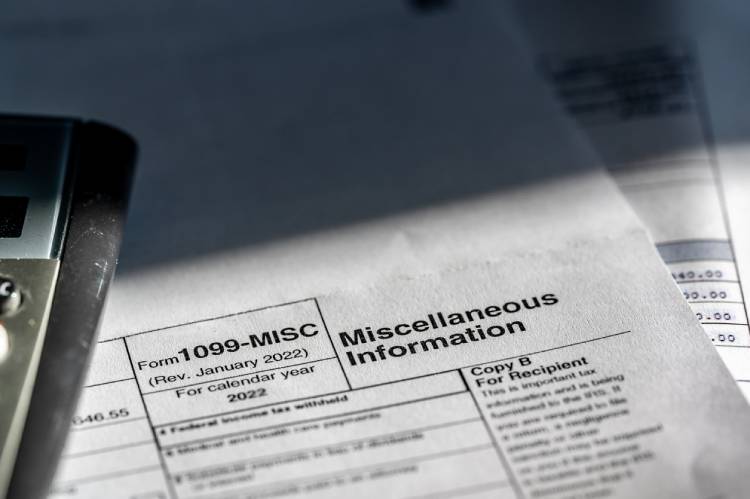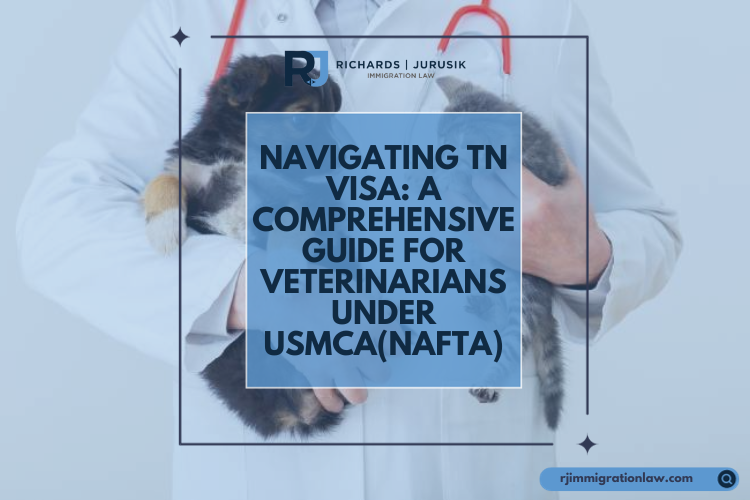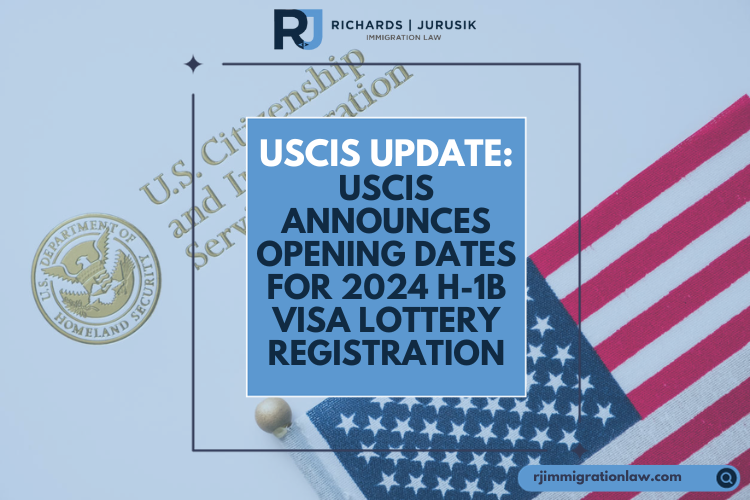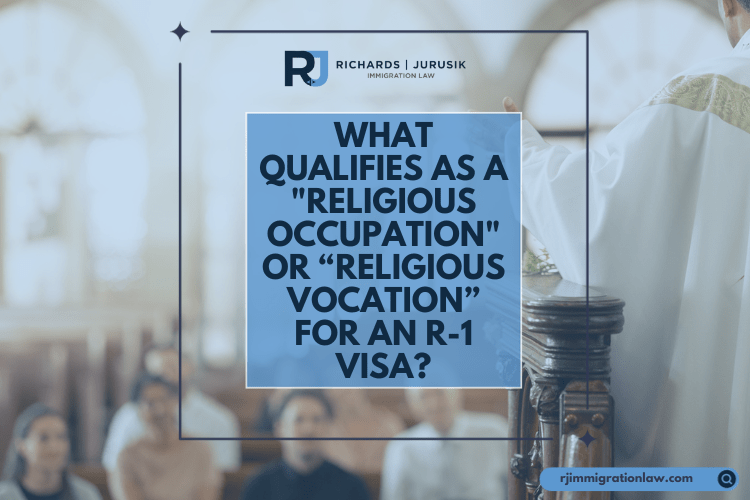The Challenge of Proving Employer-Employee Relationships
Engaging independent contractors under an H-1B visa requires a deep understanding of the regulations enforced by the United States Citizenship and Immigration Services (USCIS). A pivotal element in these engagements is proving the existence of an “employer-employee relationship,” mainly when the contractor is stationed at a third-party site.
Defining the Employer-Employee Relationship
USCIS assesses several factors to determine the existence of an employer-employee relationship, crucial among them being the “right to control” the employee. Here are some of the factors considered:
- Supervision: The degree to which the employer can set the work schedule, monitor the employee’s work, and determine the method of execution.
- Task Control: The extent to which the employer defines the work tasks and the process for completing those tasks.
- Tool Provision: Whether the employer provides the necessary tools and resources for completing the job.
- Financial Control: The employer’s role in paying and possibly hiring or firing the contractor.
- Tax Treatment and Benefits: How the employer classifies the worker for tax purposes and whether benefits like health insurance are provided.
- Integration into Business Operations: How closely the contractor’s work aligns with the employer’s core business.
- Control Over Output: The employer’s authority over the end product of the contractor’s work.
An employer that controls payment, supervisory roles, and work relevance exhibits a solid employer-employee relationship. Conversely, a relationship lacking these controls, with independent schedules and autonomy in work, points towards a contractor or consultant role.
Complexities at Third-Party Worksites
The use of third-party worksites adds a layer of complexity to proving an employer-employee relationship. USCIS often requires detailed documentation to ensure the ties comply with H-1B requirements. As the petitioner, you must provide comprehensive contracts and precise itineraries, mainly when employees work off-site.
For H-1B beneficiaries at third-party locations, demonstrating that the role involves specific, non-speculative assignments for the entirety of the petition’s duration is critical. USCIS scrutiny could limit the approval period if a continuous employer-employee relationship isn’t evident throughout the assignment.
Conclusion
Navigating the intricacies of USCIS regulations for H-1B visas at third-party sites demands a thorough understanding and strategic documentation of the employer-employee relationship. Ensuring compliance with these regulations is vital for maintaining lawful immigration status and avoiding complications during visa application.
Subscribe to Our Resources Blog
Schedule a Consultation with an Immigration Lawyer
Citations
We Can Help!
You may have questions regarding U.S. immigration laws and visas. We invite you to contact our team at Richards and Jurusik for detailed guidance and assistance. We aim to provide the most accurate and up-to-date information to make your immigration process smoother and less stressful. The immigration lawyers at Richards and Jurusik have decades of experience helping people to work and live in the United States. Read some of our hundreds of 5-star client reviews! Contact us today to assess your legal situation.







